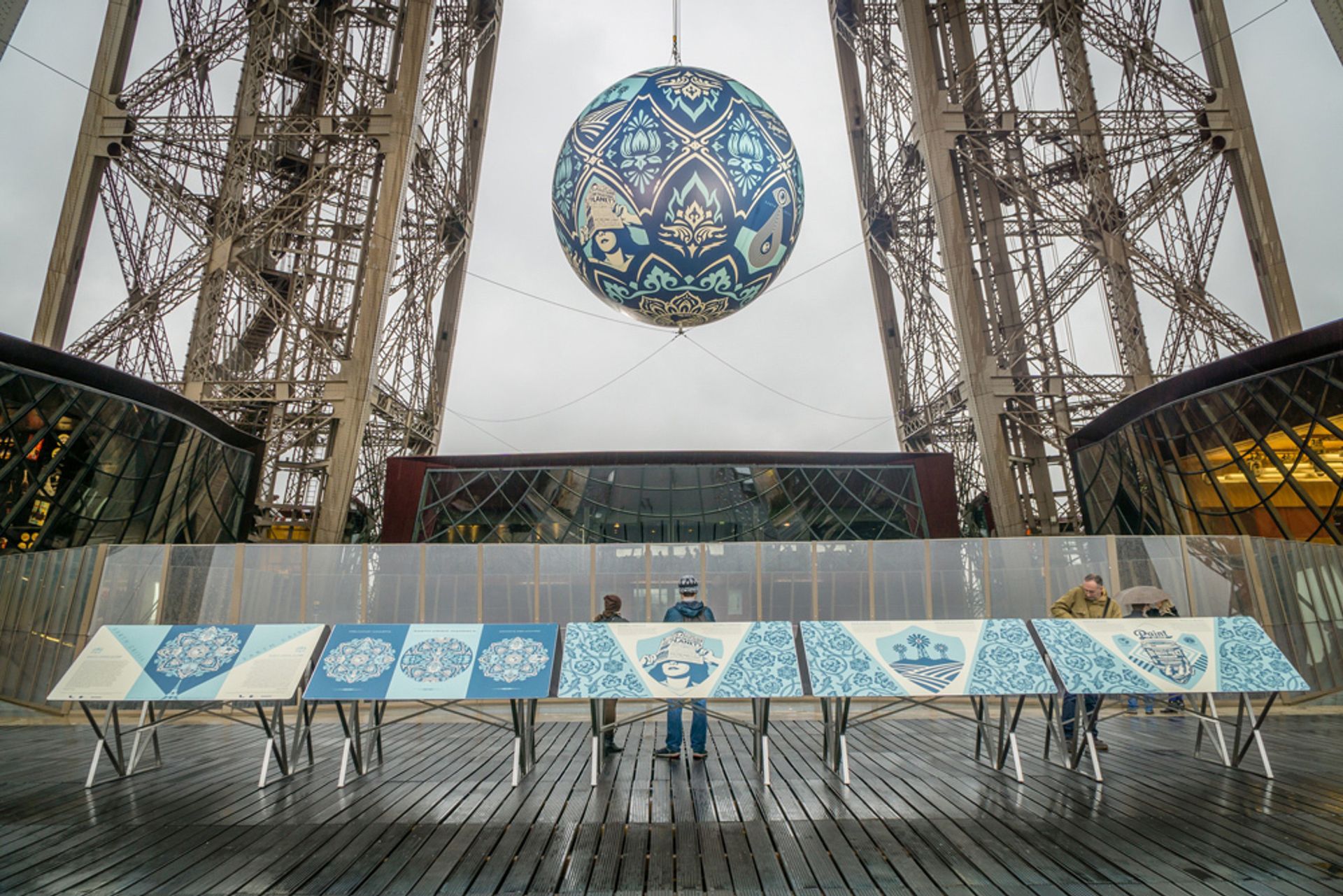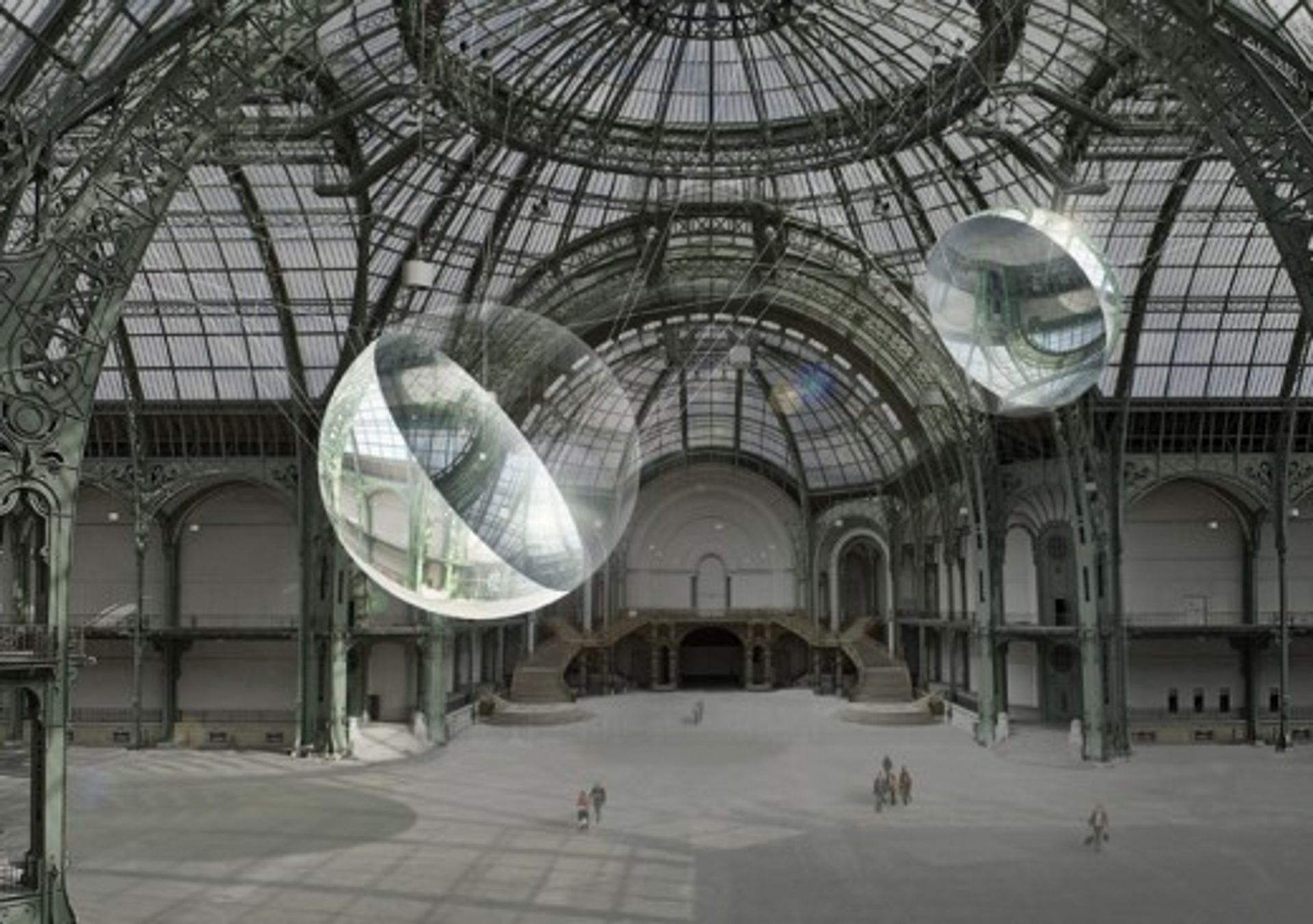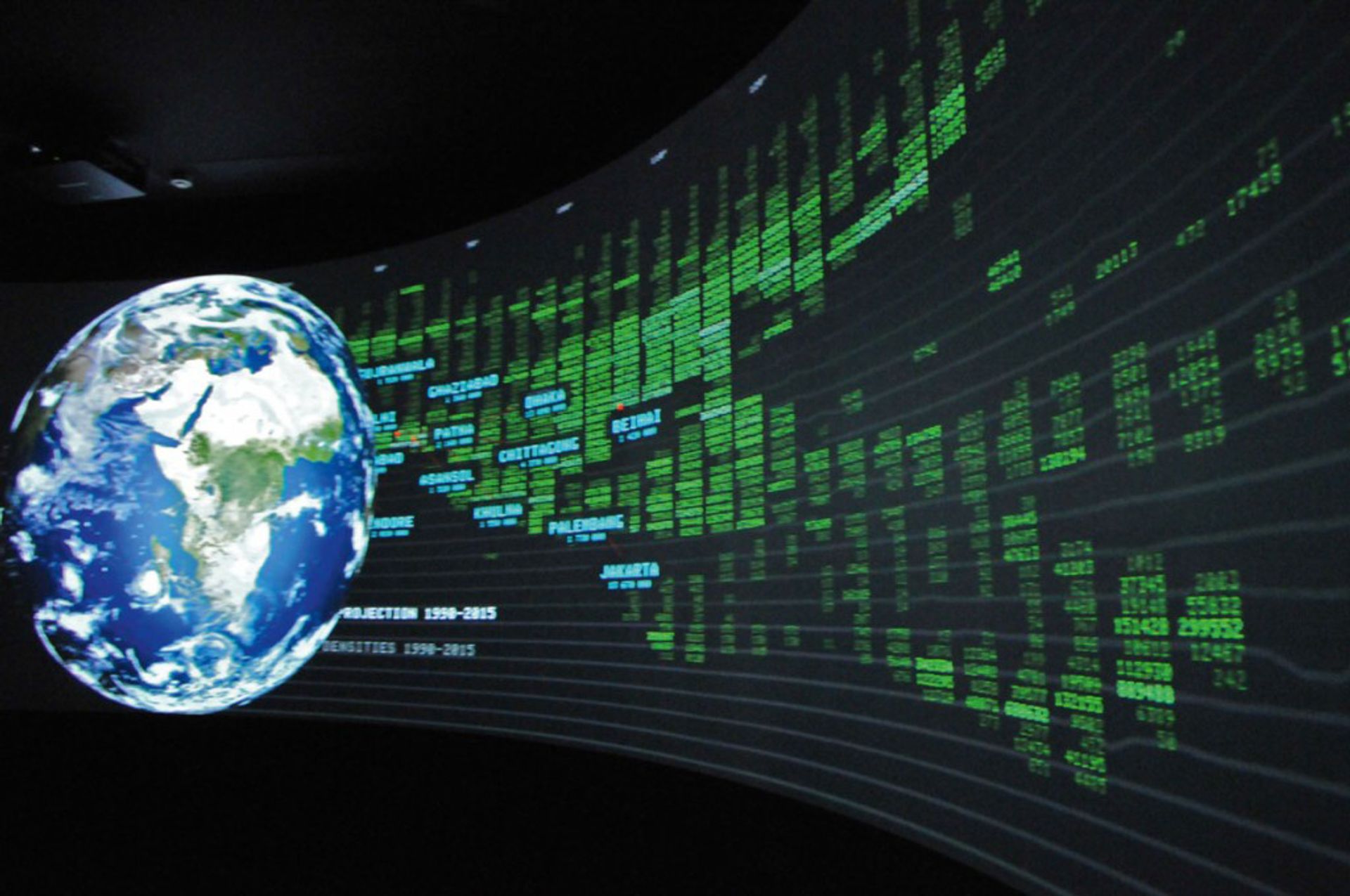Artists are doing their bit for the planet as politicians and environmental campaigners prepare to converge on Paris for COP21, the United Nations conference on climate change (30 November-11 December). Olafur Eliasson, Yoko Ono, Cornelia Parker and Gavin Turk are among more than 300 signatories of an open letter to Christiana Figueres, the UN’s climate chief, and Laurent Fabius, the French foreign minister and president of the COP21. They call for “an ambitious commitment to climate action” and say they will use their "creativity and collaborative culture to help find, and scale, solutions to global environmental challenges”. Meanwhile, the Paris-based organisation COAL (Coalition for art and sustainable development) and the London-based non-profit Cape Farewell have unveiled ARTCOP21, a guide to the various environmental art projects, exhibitions and talks taking place in the city and further afield during the conference. We sel ect five of the highlights.
Olafur Eliasson’s Ice Watch, Place du Panthéon, from 3 December
Olafur Eliasson has the official go-ahead to bring Ice Watch, an installation of 12 ice blocks harvested from a Greenland fjord, to the Place du Panthéon. Arranged in the form of a clock that will slowly melt, the 80-tonne work was originally planned for the Place de la République. (The square has reopened to the public following the terror attacks on 13 November but remains a memorial site.) The artist first staged the project in collaboration with the Danish geologist Minik Rosing in Copenhagen’s City Hall Square last year to mark the publication of the UN’s Fifth Assessment report on climate change.

Shepard Fairey’s Earth Crisis, Eiffel Tower, until 11 December
Suspended between the first and second floors of the Eiffel Tower hangs Earth Crisis, a giant globe designed by the street artist Shepard Fairey with the support of the city of Paris and Galerie Itinerrance. Only when seen up close do the patterns reveal anti-oil symbols and ironic slogans, such as “petrol for an unlimited future” and “paint it black”. The aim is “to use street art in the way I think it should be used, not just to create something decorative but to create something that engages the public in conversation,” Fairey says.

Tomás Saraceno’s Aerocene, Grand Palais, 4-11 December
Tomás Saraceno presents Aeroscene, a project to fly “aerosolar” sculptures around the world, as part of Solutions COP21, a free expo of green products and services running in parallel to the conference talks. The Argentine artist and architect, who has spent years researching airborne movement and futuristic “cloud cities”, is due to speak at the Grand Palais at 6pm on 5 December. He is convening art worlders and academics to discuss “the sky’s choreography” and “the development of civic science” at a symposium on 6 December (3-7pm) at the Palais de Tokyo, where he is due to have a solo show in 2018. Bring ten glued-together plastic bags to the gallery for free entry to the symposium and a workshop for DIY floating sculptures.

Exit, Palais de Tokyo, until 10 January
A growing number of artists are trying to represent data with something more alluring than a pie chart. Exit, on show at Palais de Tokyo until 10 January, shows patterns in human migration through a series of animated maps displayed in the round. Commissioned by the Fondation Cartier, the projection by the US artists and architects Diller Scofidio + Renfro uses a variety of sources to display the factors—from wars to droughts— that make people leave their homes. As ever-greater numbers of refugees land on the shores of western Europe, the timing of this exhibition is tragically pertinent.

Andrea Polli's Particle Falls, Mona Bismarck American Center, until 13 December
Watching a digital waterfall cascade down the side of a building should be top of everybody’s agenda this week. Particle Falls, a light installation by the US artist Andrea Polli, is on show at the Mona Bismarck American Center until 13 December. The piece is a nephelometer: it measures particle pollution in its immediate environment and represents any changes through colour. Having sampled the air quality in San Jose, Philadelphia, Pittsburgh and Detroit, it is now making its European debut in Paris. Visitors might be advised to arrive by bicycle, however, as car fumes may just turn the building red.

